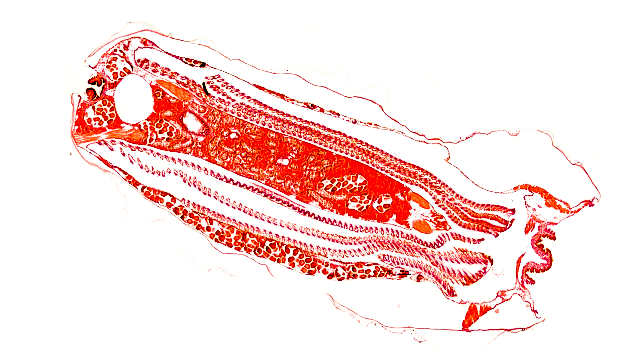
Coral Reproduction
Coral reproduction
Coral and
Boring bivalve symbiosis
Our group focuses mostly on the reproductive aspects of scleractinian corals. Corals have diverse reproduction strategies ranging from broadcast spawners (i.e. the release of gametes to the water) to brooders (releasing planulae to the water), and from hermaphrodites (i.e. one individual that contains both sperm and oocytes) or gonochores (i.e. each individual is either male or female). Moreover, corals can change their sex over time or as a result of stress and can even switch back and forth between sexes!
"Friend or foe?" Although the common paradigm regarding the association of live coral hosts
and boring bivalves perceives the latter as parasites threatening the resilience of their coral hosts, a few
studies have shown other aspects of this concealed symbiosis that might be beneficial to the coral hosts. Our group aims to better understand the still debated coral-bivalve symbiotic
relationship; i.e., whether the essence of this symbiosis reflects
mutualism, parasitism, commensalism, or a combination of these associations, and its potential roles in certain key processes in the coral-reef ecosystem.












